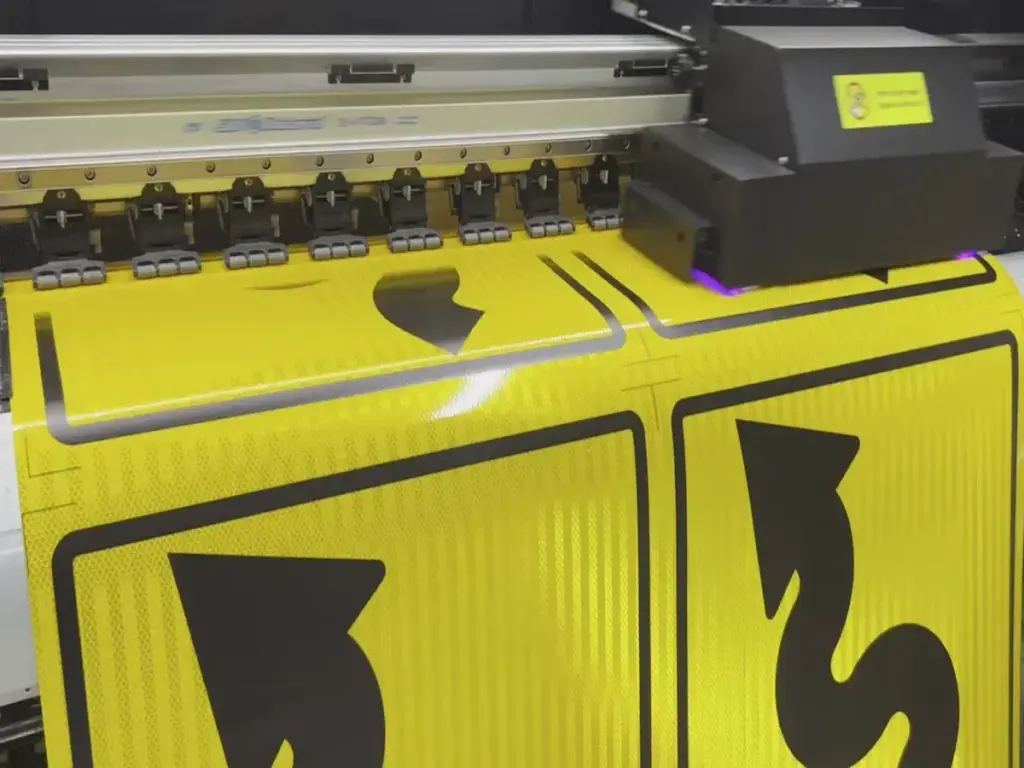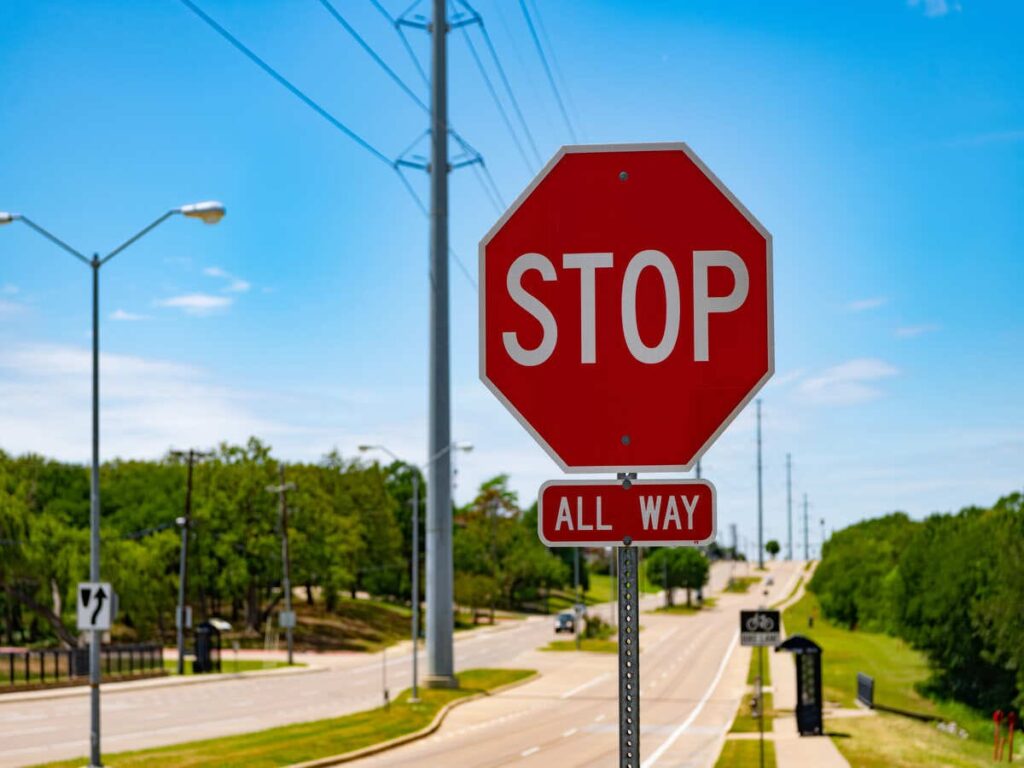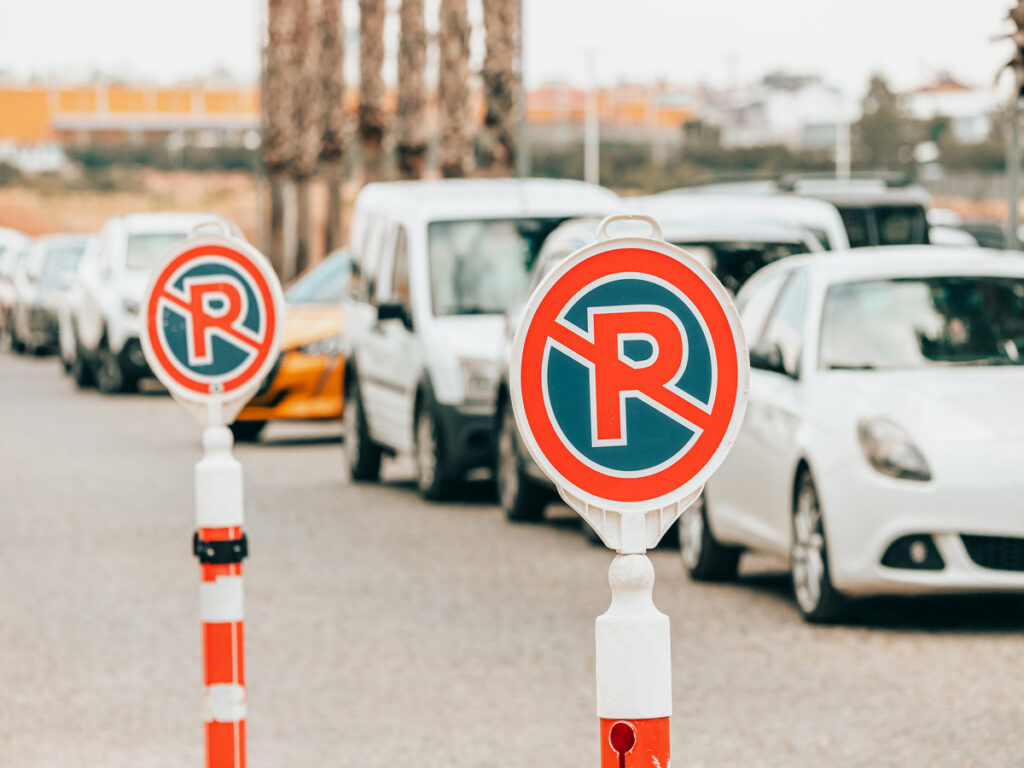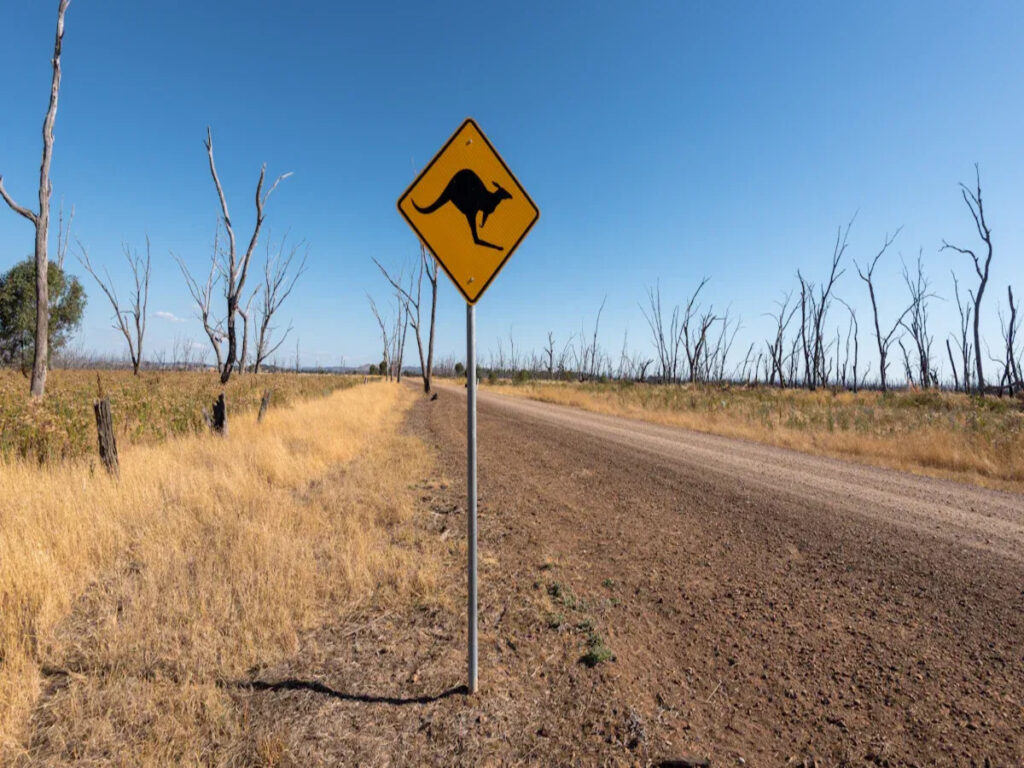
Road sign frames are important for keeping roads safe in Australia. These sign frames must follow Australian rules to prevent accidents or problems. For example, strong frames can handle winds up to 8.5 m/s. However, trucks passing by can create stronger forces than this. Portable frames with sandbags are steadier and can handle winds up to 15 m/s. Choosing the right frames keeps roads safe, reduces dangers, and follows the rules.
OPTRAFFIC provides high-quality road sign frames for sale designed to meet Australian standards, ensuring stability and safety even in challenging conditions. Trust OPTRAFFIC reliable products to keep your roads safe and compliant.
Key Takeaways
- Pick the right road sign frame for your purpose. Temporary frames work for short-term use, while permanent ones are for long-term needs.
- Make sure your road sign frames follow Australian rules like AS 1742. This keeps everyone safe and avoids penalties.
- Buy road sign frames from trusted makers. They offer good quality, meet safety rules, and prevent project delays.
- Check temporary signs often to ensure they are stable and visible. They should handle strong winds and stay clear for drivers to see.
- Use permanent frames for long-term projects. They cost more at first but last longer and need less fixing.
Key Differences Between Temporary and Permanent Road Sign Frames
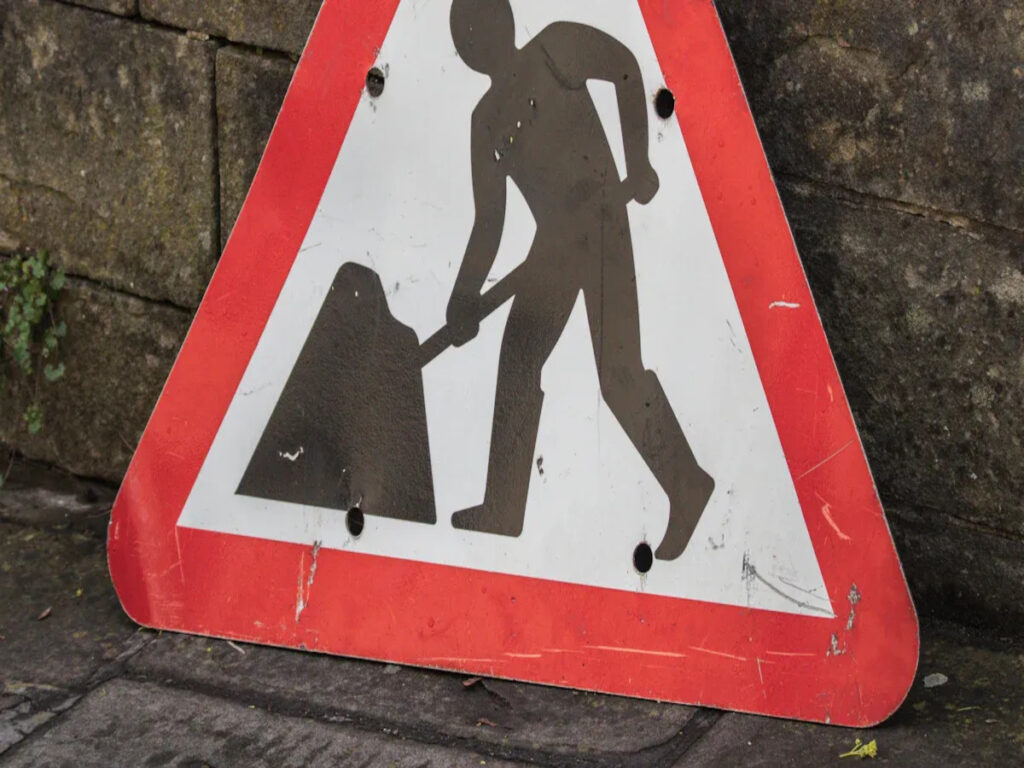
Characteristics of Temporary Road Sign Frames
Temporary road sign frames are made for short-term use. You often see them at roadworks, detours, or events. These frames are light and easy to move. They are usually made from galvanised steel, aluminium, or plastic bases. These materials make them strong but still portable.
Temporary signs must follow safety rules to stay secure. They need to handle strong winds and tough conditions. Many temporary signs can fold or come apart. This makes it easy to change or replace the sign face. This is important when traffic conditions change quickly.
Tip: Make sure your temporary road sign follows Australian standards like AS 1742.3. This helps avoid fines or delays.
Characteristics of Permanent Road Sign Frames
Permanent road sign frames are made for long-term use. These are fixed on posts or breakaway systems to stay stable. You’ll see them used for speed limits, directions, or rules on highways and city roads.
Permanent frames are made from strong materials like galvanised steel or aluminium. These materials last long and resist bad weather. They are installed by bolting or mounting deeply to stay safe and steady.
Permanent road signs must meet strict rules like AS 1742. Local authorities, such as RMS or VicRoads, also set standards. These rules ensure the signs are safe and work well for all drivers.
Common Use Cases for Each Frame Type
Temporary and permanent road sign frames are used for different jobs. Knowing their uses helps you pick the right one:
| Use Case | Recommended Frame Type |
|---|---|
| Short-term roadworks (1–2 days) | Foldable steel A-frame with corflute insert |
| Urban night roadworks | Portable aluminium frame with reflective signage |
| Major construction (3+ months) | Fixed galvanised post with breakaway base |
| Speed limit signage on highways | Installed permanent post with approved brackets |
Temporary signs are best for quick and flexible use. For example, they work well during a one-day road closure or event. Permanent signs are better for long-term needs, like speed limit signs on highways.
Note: Always check with local traffic authorities to ensure your frame meets the required rules and standards.
Standards and Rules for Road Sign Frames in Australia
AS 1742 Compliance Overview
In Australia, road sign frames must follow AS 1742, the national traffic control standard. This ensures signs are safe, clear, and helpful for drivers. It includes rules about design, placement, and materials. Following AS 1742 makes sure your signs meet safety and performance needs.
Some global standards also affect Australian rules. These include the Manual on Uniform Traffic Control Devices (MUTCD), ISO 3864, and ISO 7010. These standards improve road sign safety and use. The table below explains their main points:
| Standard/Regulation | Description |
|---|---|
| Manual on Uniform Traffic Control Devices (MUTCD) | Sets rules for safe and visible road signs, focusing on night-time reflectivity. |
| ISO 3864 | Gives global rules for safety sign shapes and colours. |
| ISO 7010 | Defines universal symbols for safety signs for clarity worldwide. |
Following these standards improves safety by making signs clearer and easier to see.
Rules for Temporary Frames
Temporary road signs are used for short-term needs like roadworks or events. These signs must meet certain rules to stay stable and useful. For example, temporary signs must follow AS 1742.3, which focuses on managing temporary traffic signs. This ensures they are safe and visible.
Important rules for temporary road sign frames include:
- Sign Mounting: Signs on barricades should not block more than half of the top two rails.
- Crashworthiness: Supports must be safe in crashes, especially for large signs.
- Visibility: The bottom of a sign must be at least 30 cm above the road.
- Maintenance: Signs must stay clean and readable, with quick replacements if damaged.
- Approval: Signs must be approved by local authorities and meet set standards.
Temporary signs must also handle tough weather. Tests show rigid frames are steadier than flexible ones. Adding bi-pod legs can make signs even more stable. In fast-speed areas, bigger signs with large letters are needed. Smaller signs with simple messages work better in slow-speed zones.
Rules for Permanent Frames
Permanent road sign frames are made for long-term use and must follow stricter rules. These signs are fixed on posts or breakaway systems to stay strong and steady. Following AS 1742 is required, as it gives details for permanent signs.
Permanent frames must use durable materials like galvanised steel or aluminium to handle bad weather. They must also meet these rules:
- Durability: Materials should resist rust and wear over time.
- Visibility: Signs must stay reflective for day and night visibility.
- Safety: Breakaway systems should reduce damage in crashes.
- Installation: Frames must be bolted or deeply fixed to avoid movement.
Local authorities, like RMS and VicRoads, may have extra rules. These might include specific sizes, heights, or reflective features. Following these rules ensures permanent signs stay safe and effective for a long time.
Comparing Temporary and Permanent Frames: Pros and Cons

Durability and Material Considerations
Temporary road signs are made for short-term use. They use light materials like aluminium or galvanised steel. These materials make them easy to move but less strong over time. They can handle normal weather but may wear out with frequent use. Temporary signs are great for quick jobs like roadworks or events.
Permanent road signs are built to last. They use tough materials like galvanised steel or heavy aluminium. These materials resist rust and bad weather for many years. Permanent signs are fixed to posts or breakaway systems to stay steady. Their strength means fewer replacements, saving money in the long run.
Stability and Safety Implications
Sign stability is very important for safety. Temporary signs often have weighted bases or bi-pod legs for balance. These features help them stand firm against wind and passing vehicles. But they still need regular checks, especially in busy areas.
Permanent signs are more stable because they are fixed in place. Deep posts or bolted systems keep them secure in all weather. Breakaway systems add safety by reducing damage in crashes. This makes permanent signs better for busy roads or high-speed zones.
Tip: Always check your signs meet Australian standards for safety.
Cost and Maintenance Factors
Temporary signs cost less at first, making them affordable for short-term use. But they need frequent repairs and replacements, which adds to costs later. Regular checks are needed to keep them safe and working well.
Permanent signs cost more upfront but need less care over time. Their strong materials and fixed setup mean fewer repairs. This makes them cheaper for long-term use. The table below shows the cost and care differences:
| Type of Sign | Initial Cost | Long-term Cost | Maintenance Frequency |
|---|---|---|---|
| Temporary | Lower | Higher due to frequent replacements | High |
| Permanent | Higher | Lower due to durability and less maintenance | Low |
Pick the right sign based on your project’s time and budget. Temporary signs suit short-term needs. Permanent signs are better for long-term use and value.
Sourcing Compliant Road Sign Frames
Why Choose Approved Manufacturers?
Buying road sign frames from approved makers ensures they follow Australian rules. These makers design frames to meet safety and strength needs. They also test their products in real-life conditions, like strong winds or busy traffic. This ensures the frames work well for both temporary and permanent uses.
Approved makers often give papers to prove their frames meet standards like AS 1742. These documents can save time during checks or audits. By buying from trusted suppliers, you avoid using frames that break rules. Non-compliant frames can cause fines or project delays.
Tip: Always request compliance papers when buying road sign frames.
Materials Used in Australian Road Sign Frames
The materials in road sign frames affect how well they work. Temporary frames often use light materials like aluminium or galvanised steel. These make the frames easy to move and set up. Some temporary frames also have plastic bases for extra balance.
Permanent frames need stronger materials. Galvanised steel and heavy aluminium are common choices. These materials resist rust and bad weather. They also keep the signs steady and clear for many years.
Knowing the materials helps you pick the right frame. Temporary frames are good for short-term jobs. Permanent frames are better for long-term use.
How to Check Compliance Before Buying
Before buying a road sign frame, check if it meets Australian standards. Start by ensuring it follows AS 1742 rules. Look for features like proper height and wind resistance. Temporary frames should be easy to move but strong enough for their job.
Ask the seller for test results or certificates proving compliance. Check the frame’s quality. Avoid frames with sharp edges or weak parts. If unsure, ask local authorities if the frame is approved for use.
Note: Checking compliance before buying prevents costly mistakes later.
Picking the right road sign frame keeps roads safe and projects smooth. Always check if the frame meets AS 1742 rules. Ask local authorities to confirm approval and avoid problems. Buying pre-approved frames from trusted makers saves time and ensures quality. Following the rules helps make roads safer and prevents delays.
FAQ
Why is it important to use approved road sign frames?
Approved road sign frames keep roads safe and follow the law. They lower risks like crashes or work delays. Using these frames avoids fines and ensures signs work well in all conditions.
How can you spot poor-quality temporary traffic signs?
Poor-quality temporary signs may not reflect light properly. They might be unstable or fail to meet AS 1742.3 rules. Signs with weak materials or bad mounting are unsafe. Always check for approval from local authorities.
Do all road sign frames in WA need to meet specific rules?
Yes, in Western Australia, road sign frames must follow Main Roads WA rules. These rules make sure signs are strong, safe, and fit for local needs. Always check they meet these rules before using them.
Can temporary sign frames stand up to strong winds?
Yes, good temporary sign frames can handle strong winds if weighted. Frames with sandbags or bi-pod legs stay more stable. Always check their wind resistance rating for your area’s safety needs.
Why pick sign frames that are already approved?
Pre-approved sign frames save time and meet Australian rules. They are tested for strength, visibility, and safety. Using them avoids fines and keeps projects on track.

